Building Effective Leadership Development Programs to Drive Success
Building Effective Leadership Development Programs to Drive Success
Investing in leadership development programs has become essential for nurturing and empowering future leaders. These programs aim to identify and equip individuals with the necessary skills and qualities to lead teams and drive organizational growth. In this blog post, we will explore the key elements and strategies involved in building effective leadership development programs.
- Align Leadership Development with Organizational Goals:A successful leadership development program begins with a clear understanding of the organization’s goals and strategic direction. By aligning the program’s objectives with the overall vision, values, and business needs, companies ensure that their leaders develop the skills necessary to support and drive organizational success.
- Identify Leadership Competencies:To build an effective program, it is crucial to identify the specific competencies and qualities required for leadership within the organization. These may include strategic thinking, communication, adaptability, emotional intelligence, and decision-making abilities. By defining these competencies, organizations can create targeted development plans tailored to meet the unique leadership requirements of their industry and business environment.
- Create a Blended Learning Approach:A well-rounded leadership development program should incorporate a variety of learning methods. Blended learning approaches, combining traditional classroom training, workshops, experiential learning, mentoring, and e-learning platforms, offer a comprehensive and flexible way to develop leaders. This allows participants to learn through different modalities, reinforce concepts, and apply newly acquired knowledge in real-world scenarios.
- Provide Ongoing Coaching and Mentoring:Coaching and mentoring play a crucial role in leadership development. Effective programs should include access to experienced mentors who can provide guidance, support, and feedback to emerging leaders. Regular coaching sessions help individuals identify their strengths, areas for improvement, and provide a safe space to discuss challenges and seek advice. This personalized attention aids in building confidence and facilitating growth.
- Foster Opportunities for Practical Application:Leadership development programs should provide ample opportunities for participants to apply their skills in real-life situations. Encouraging individuals to take on challenging projects, lead teams, or participate in cross-functional initiatives allows them to gain valuable hands-on experience. This practical application enhances their ability to make decisions, navigate complex situations, and develop their leadership style.
- Emphasize Continuous Learning and Growth:Effective leadership is a lifelong journey of learning and growth. A successful program should instill a culture of continuous learning within the organization. This can be achieved by encouraging leaders to pursue further education, attend industry conferences, and participate in professional development opportunities. By embracing a growth mindset, leaders stay ahead of industry trends and contribute to the organization’s long-term success.
- Measure and Evaluate Program Effectiveness:To gauge the impact of a leadership development program, organizations must establish clear metrics and evaluation methods. These may include feedback from participants, 360-degree assessments, performance metrics, and tracking career progression. By measuring the program’s effectiveness, organizations can identify areas of improvement, refine the curriculum, and ensure a positive return on investment.
Building effective leadership development programs is crucial for organizations looking to cultivate a strong leadership pipeline and ensure sustainable success. By aligning with organizational goals, identifying key competencies, providing diverse learning experiences, fostering practical application, and emphasizing continuous growth, organizations can unlock the potential of their leaders. With dedicated investment and a commitment to ongoing development, organizations can create a thriving leadership culture that propels them toward their future goals.




